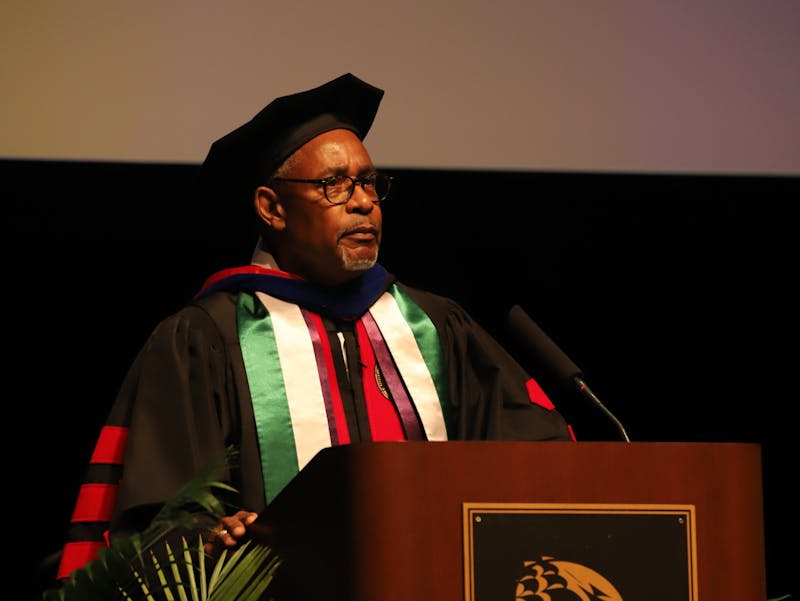In a 6-3 decision, the Supreme Court of the United States effectively ended affirmative action in college admissions on Thursday, July 29. The ruling has made it illegal for colleges and universities across the nation to use race-conscious considerations when reviewing applicants.
Originating from the civil rights movement in the 1960s, affirmative action at institutions of higher education aimed to increase the number of Black, Hispanic and other minority students on campus.
In two different cases, the court ruled that the affirmative action admission policies at Harvard University — the nation’s oldest private university — and the University of North Carolina — the oldest public university — are unconstitutional, citing that their policies violated the equal protection clause in the 14th Amendment.
Overturning decades of precedent, the rulings end how both public and private colleges and universities review applicants as institutions can no longer consider race in their decisions.
In his majority opinion, Chief Justice John Roberts said, “In other words, the student must be treated based on his or her experiences as an individual — not on the basis of race.” Despite this, Roberts left a way for colleges to consider race for individual applicants. Colleges may still consider “an applicant’s’ discussion of race how race affected the applicant’s life as long as it is so long as that discussion is concretely tied to a quality of character or unique ability that the particular applicant can contribute to the university.”
Divided on ideological lines, the court’s liberal justices argued an opposing opinion based on racial inequality and levels of education achieved in the United States. Justice Sonia Sotomayor spoke of affirmative action’s effects in her dissent, “This limited use of race has helped equalize educational opportunities for all students of every race and background and has improved racial diversity on college campuses.”
Institutions who have been impacted typically have 25 days to comply with the Supreme Court’s ruling.
Individuals applying for college admissions this fall will do so without affirmative action and race-conscious admissions.
Charles Patterson, president of Shippensburg University, spoke on the impact of this ruling at Shippensburg University.
“While we will continue to review the Supreme Court’s ruling, the impact of the court’s decision is expected to be minimal for Shippensburg University and other regional public institutions of higher education that are focused on their mission to make higher education goals accessible and affordable for all students,” Patterson said.
Selective universities were more likely to engage in affirmative action.
“Everyone is welcome at Shippensburg University, and we will continue to ensure that our admission policies and academic competitiveness meets the career aspirations of all students, and the workforce needs of employers in the Commonwealth and beyond,” Patterson said.
According to U.S. News, Shippensburg University has a 93% acceptance rate. As of October 15, 2021, in Shippensburg University’s 2021 Common Data Set, 71% of undergraduate students were white, non-Hispanic.




The Slate welcomes thoughtful discussion on all of our stories, but please keep comments civil and on-topic. Read our full guidelines here.